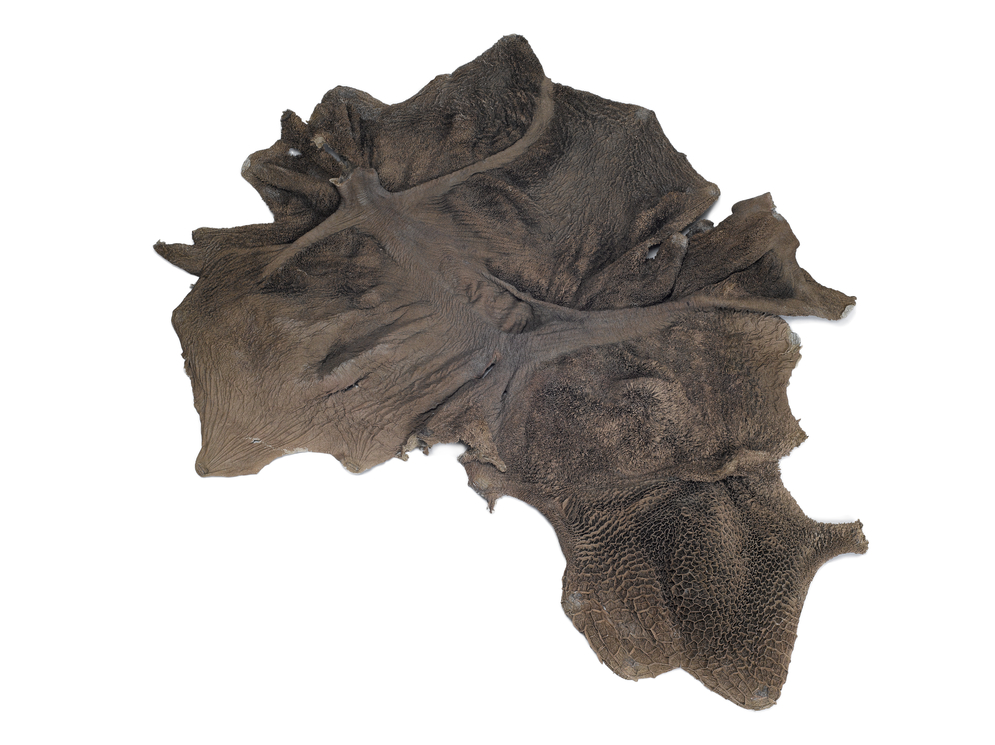Cattle stomach leather by Mandy Den Elzen
The Exploration of the digestion system of a cattle
In this series, den Elzen uses the four stomach compartments of a cattle; the rumen, reticulum, omasum and the abomasum. Each of the stomach compartments has a specific function in the digestive process and therefore they have different shapes and textures. The reticulum is, for example, lined with ridges that form a honeycomb-like structure, which can capture and retain dense particles of feed or indigestible objects. And the omasum is characterized by the large number of leaf-like folds, which provide a bigger surface for fluid absorption. In nature, the form is always determined by its function, and this honesty of form, these structures determined by biological processes and necessities, is an inexhaustible source of inspiration to her.
When the preservation process begins, the works immediately shift from being about the specific animals to being a display of her fascination with the diverse and profound qualities in material found in nature. Through her treatment of the materials, den Elzen brings out the characteristics and properties which intrigue her, and by doing so she shows both her fascination with and respect for nature and its inherent structures.
Cattle Stomach Leather material information
As a final product, cattle stomach leather shares a lot of qualities with conventional hide leather; it has great tensile strength, it is flexible and has a high resistance to tear and puncture.
But whereas hide leather has a uniform appearance, cattle stomach leather has great variation in structure. It is textured and grooved because of the ridges of the smooth muscle pillars and papillae formation that line the stomach walls. The interior surface of the stomach forms numerous folds and papillae, which vary in shape and size from short and dense to longer and rounded.
The largest part of the cow stomach is the rumen and the reticulum, which are basically one compartment, but differ in surface texture. The rumen is lined with short, fur-like papillae, which give it a velvety surface, and slightly larger projections in the shape of rice grains.
In the reticulum, the papillae gradually merge into tiny folds which form its characteristic honeycomb netting with a hexagonal pattern. Both the rumen and reticulum are brown after preservation.
The omasum, the third compartment, is sometimes referred to as the “book” because of its numerous thin folds of tissue which can be seen to resemble book pages. The colour of the preserved omasum is light with a yellow or grey tint. The omasum retains its compact, round shape after preservation.
The fourth compartment of the stomach, the abomasum, contains a large number of folds and has a parchment-like white to grey colour, which it retains after preservation. When preserved, the irregular folds of the abomasum resemble wavy ruffles and frills.

